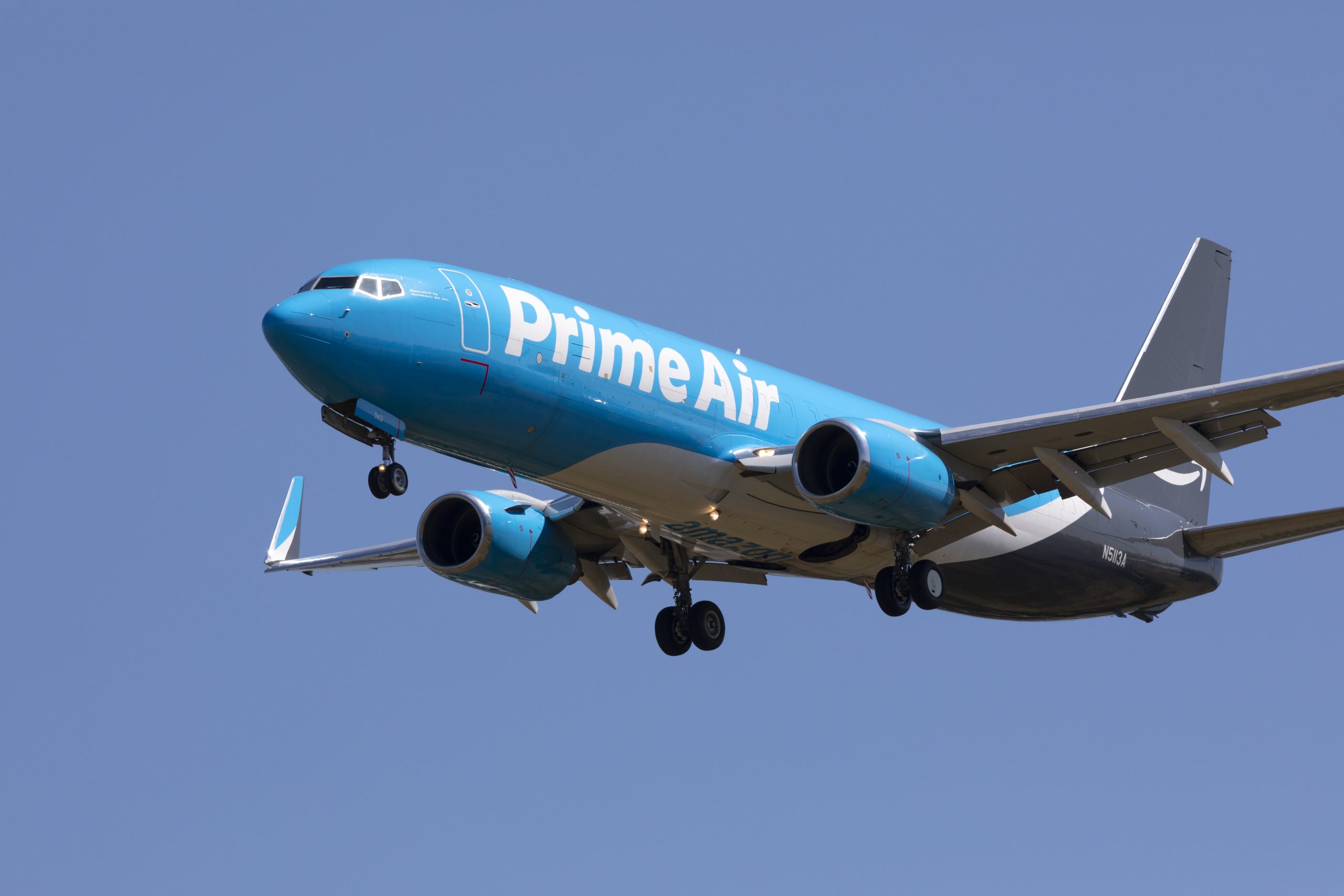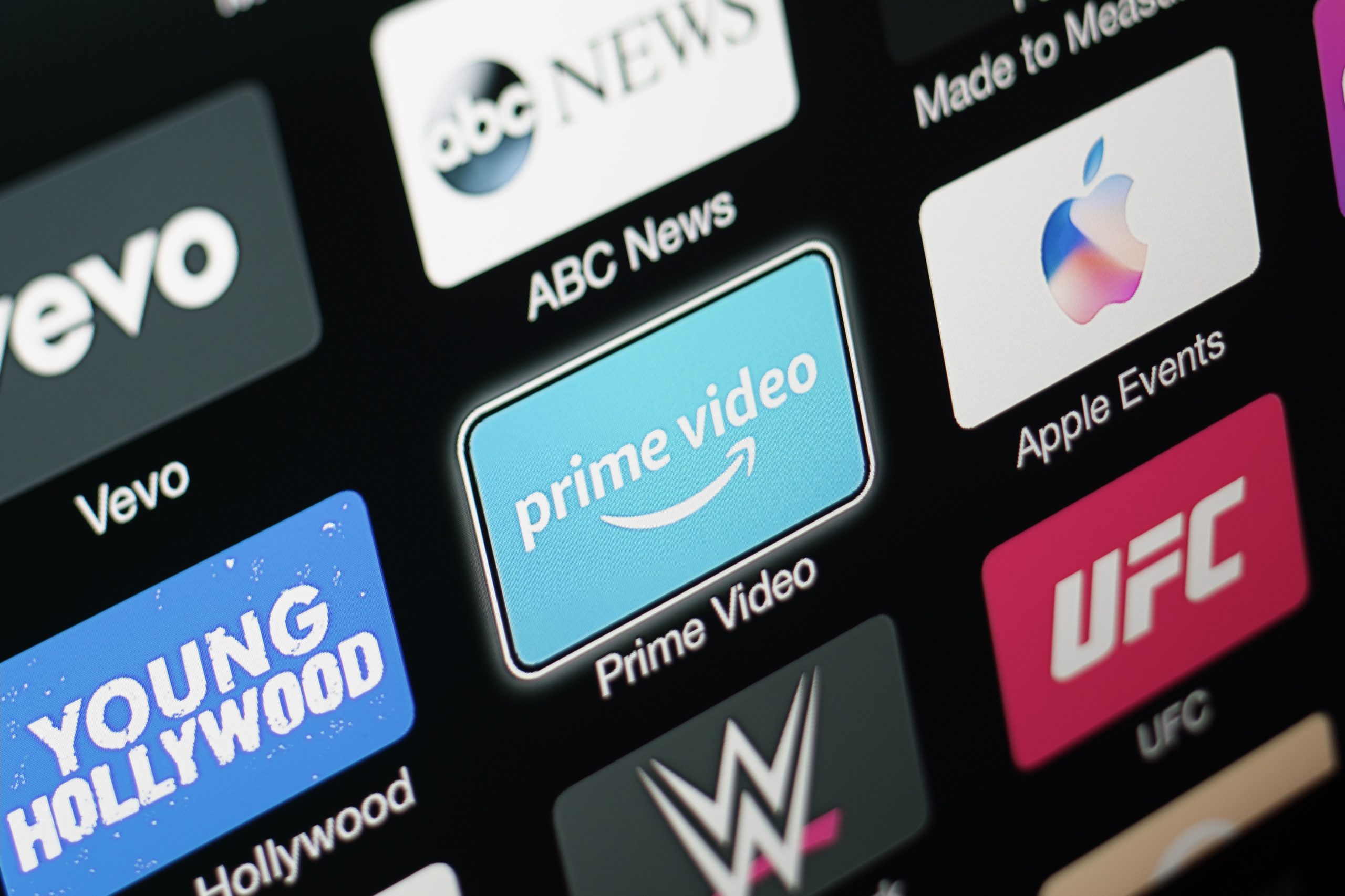A question I often get asked is what is Amazon? Amazon sells everything from nappies to treadmills, but it also produces hit television shows and provides cloud computing services to clients ranging from McDonald’s to NASA. Amazon is also a hardware manufacturer, payment processor, technology provider, advertising platform, virtual tour operator, ocean freight business, publisher, wi-fi system, delivery network, fashion designer, private label business and an airline.

It doesn’t stop there. Amazon is a supermarket (and now officially designated one here in the UK by the Competition and Markets Authority). It also operates America’s largest civilian surveillance network. Amazon is a pharmacy and healthcare provider and has dabbled in restaurant delivery, luxury goods and hair salons. It has even tried to cure the common cold (yes, really).
So, going back to the original question – what is Amazon? Certainly not just a retailer.
In fact, as Amazon continues to diversify its revenue streams, its retail division – as a percentage of sales – becomes less significant. In 2021, Amazon’s global net product sales amounted to $242 billion, representing 51% of Amazon’s total net sales (versus 87% a decade ago). 2022 will be the tipping point when most of Amazon’s sales come from services, not from shifting goods. Amazon is rapidly transitioning from merchant to infrastructure.
So let’s break that down a bit because, with the exception of Amazon Web Services (AWS), its services are heavily intertwined with its core retail operation. Remember, Amazon doesn’t own the majority of stuff that is sold on its marketplace, but instead takes commission on third-party sales and, in many cases, charges for shipping and fulfilment. This is by far its biggest “service” revenue stream: globally, sales from third-party seller services nearly doubled over the past two years to become a $104 billion business.
As third-party sales continue to grow as a percentage of total paid units, Amazon’s stated sales become less reflective of the gross merchandise volume moving through Amazon.
The pandemic has clearly cemented Amazon’s status as the indispensable route to market, as we’ve witnessed a swathe of shoppers, retailers and brands flocking to its platform. And, of course, as Amazon’s marketplace becomes more crowded, the need for visibility becomes more urgent. This has catapulted one of Amazon’s more nascent, but hugely promising businesses – advertising. For the first time ever, Amazon disclosed the size of its advertising business – at $31 billion it is bigger than the online advertising revenues of Microsoft, Snap and Pinterest combined.
It’s also worth comparing advertising to Amazon’s other revenue streams. Advertising, which is growing at around 60% annually, generates more sales than Amazon’s physical stores and it’s even bigger than Amazon’s Prime subscription business.
Prime, which is very much the glue of Amazon’s ecosystem, is a service that is about to get more expensive for shoppers, at least in the US. Amazon recently announced a fee hike of $20 annually, which should help to achieve two things. Firstly, it will soften the blow of rising shipping and labour costs that Amazon and the rest of the industry is grappling with. Secondly, Amazon has been in major spending mode recently, and in relation to Prime, the fees will help to offset Amazon’s extra investment in digital content in addition to some of the more logistically complex promises such as “free” same-day grocery delivery.
Prime fee hikes were inevitable and, in my opinion, are we are likely to see a similar hike here in the UK later this year. It’s a delicate balance at a time when household budgets are being so severely squeezed, but Prime has become a way of life for many. The nature of its bundle proposition has become wildly relevant for today’s shopper – Amazon added over 50 million new Prime members globally throughout the pandemic. We’ll see some attrition of those newly acquired, perhaps more hard-pressed Prime subscribers, but I imagine the vast majority of members are far too wedded to the brand and broader ecosystem to even blink an eye.
Of course, it’s not just the revenues generated from services linked to the success of its core retail division – third-party seller fees, advertising and Prime subscriptions – that are poised for solid future growth. But we have to remember that Amazon is a technology company at heart. AWS may only account for 13% of global sales but it remains the cash cow of the business. Its remarkable growth has been fuelled by the pandemic-driven acceleration of cloud adoption, and there is no sign of this slowing down with further expansion planned in the Asia-Pacific region and Canada.
With Amazon, things are not always what they seem. Amazon is quietly becoming the rails that the retail and many other sectors run on. Its moves are designed to strengthen other aspects of the business. For example, Amazon continues to explore the lucrative world of licensing its Just Walk Out technology to other retailers, such as Sainsbury’s. But its checkout-free systems are naturally underpinned by AWS so an increase in demand for Just Walk Out technology also bolsters Amazon’s most profitable business segment.
So, no, Amazon is not a retailer but a tech company that is becoming increasingly reliant on services as a means of driving topline growth. It just happens to sell a lot of stuff in the process.

